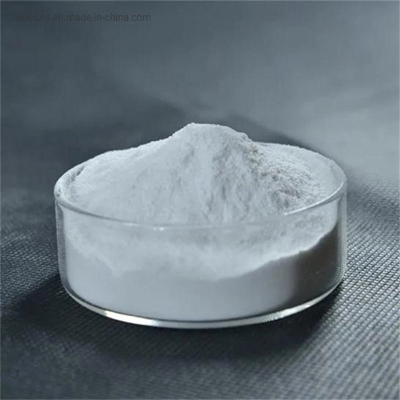-
Categories
-
Pharmaceutical Intermediates
-
Active Pharmaceutical Ingredients
-
Food Additives
- Industrial Coatings
- Agrochemicals
- Dyes and Pigments
- Surfactant
- Flavors and Fragrances
- Chemical Reagents
- Catalyst and Auxiliary
- Natural Products
- Inorganic Chemistry
-
Organic Chemistry
-
Biochemical Engineering
- Analytical Chemistry
- Cosmetic Ingredient
-
Pharmaceutical Intermediates
Promotion
ECHEMI Mall
Wholesale
Weekly Price
Exhibition
News
-
Trade Service
A method to isolate and purify CP43 and CP47 pigment–protein complexes from Photosystem (PS) II of higher plants is presented. The method has been developed in spinach, but it may also be valid for other plant species, since there is high PSII core complex homology in all plants. Core complex, obtained from highly enriched PSII membrane fragments (the extrinsic proteins were previously removed by Tris treatment), is used as starting material. The core complex is first treated with the chaotropic agent, LiClO
4
, and the nonionic detergent,
n
-dodecyl β-D-maltoside. After dialysis against buffer lacking detergent or chaotropic agent, the solubilized material is separated by anion-exchange chromatography using a TSK Toyopearl DEAE 650s column. CP43 complex does not bind to the column under these conditions and elutes along with free pigments and few other contaminants. When the eluate becomes colorless, the column is subjected to a 0–170-mM LiClO
4
linear gradient. The main pigment elution band corresponds to the CP47 complex with some contaminants. To obtain pure preparations of CP43 and CP47 complexes, other chromatographic steps were developed. The CP43 material is passed through a S-Sepharose cation-exchange column at room temperature and then through a Q-Sepharose anion-exchange column. After dialysis, the solution is passed through a new Q-Sepharose anion-exchange column at a different pH. The bound material is eluted with a 10–70-mM MgSO
4
linear gradient, and the fractions with a prominent peak at 670 nm and a clear shoulder at 683 nm are combined. This constitutes the pure CP43 complex. The CP47 material from the first column is dialyzed, loaded onto a new TSK Toyopearl DEAE 650s column, and eluted with a 0–175-mM LiClO
4
linear gradient. The fractions with a peak at 674.8 nm are combined and constitute the pure CP47 complex.







